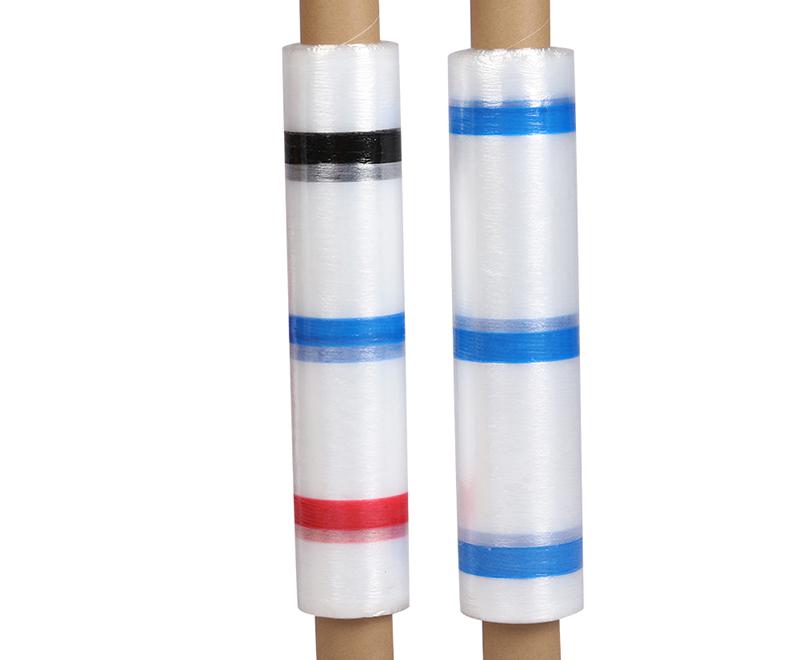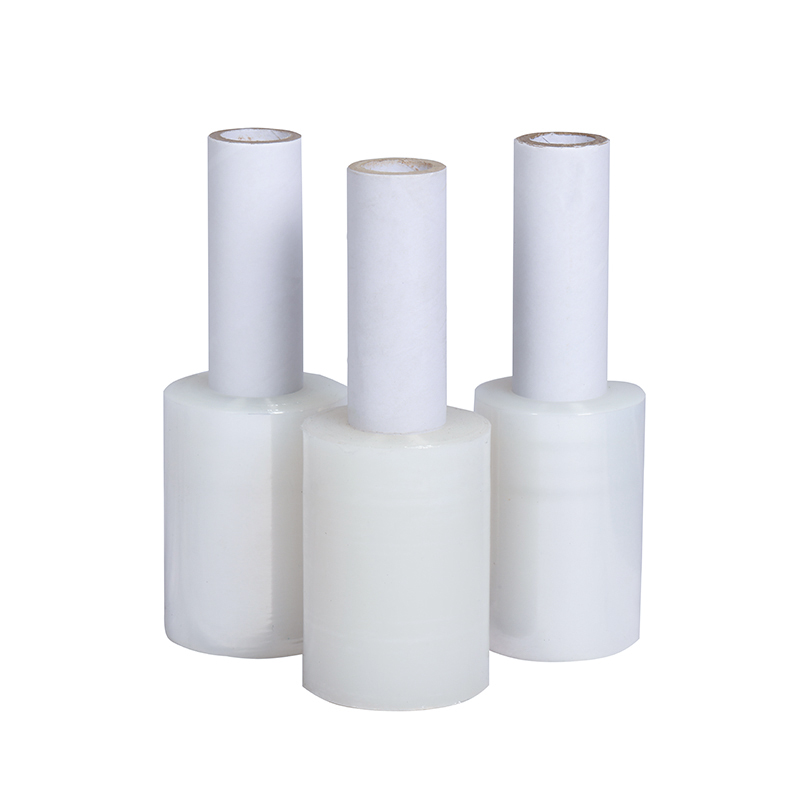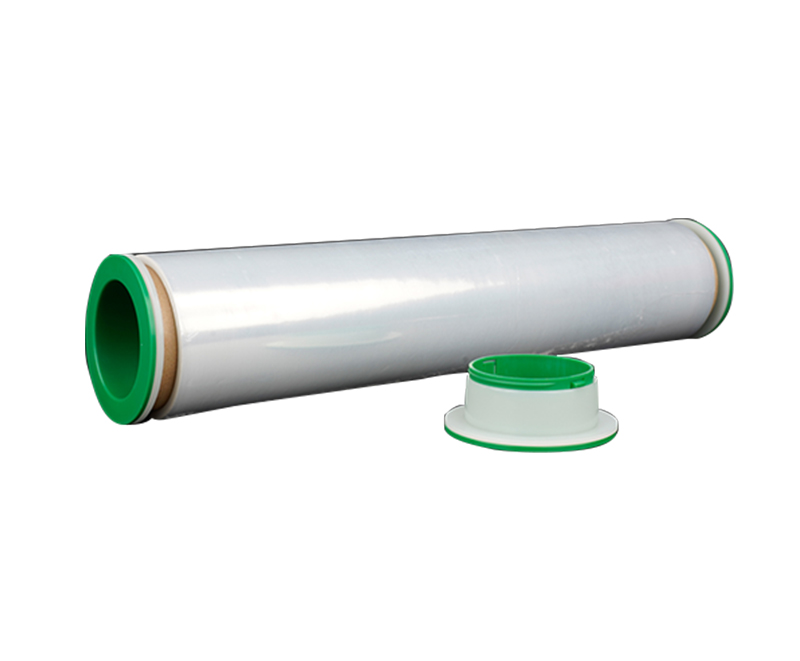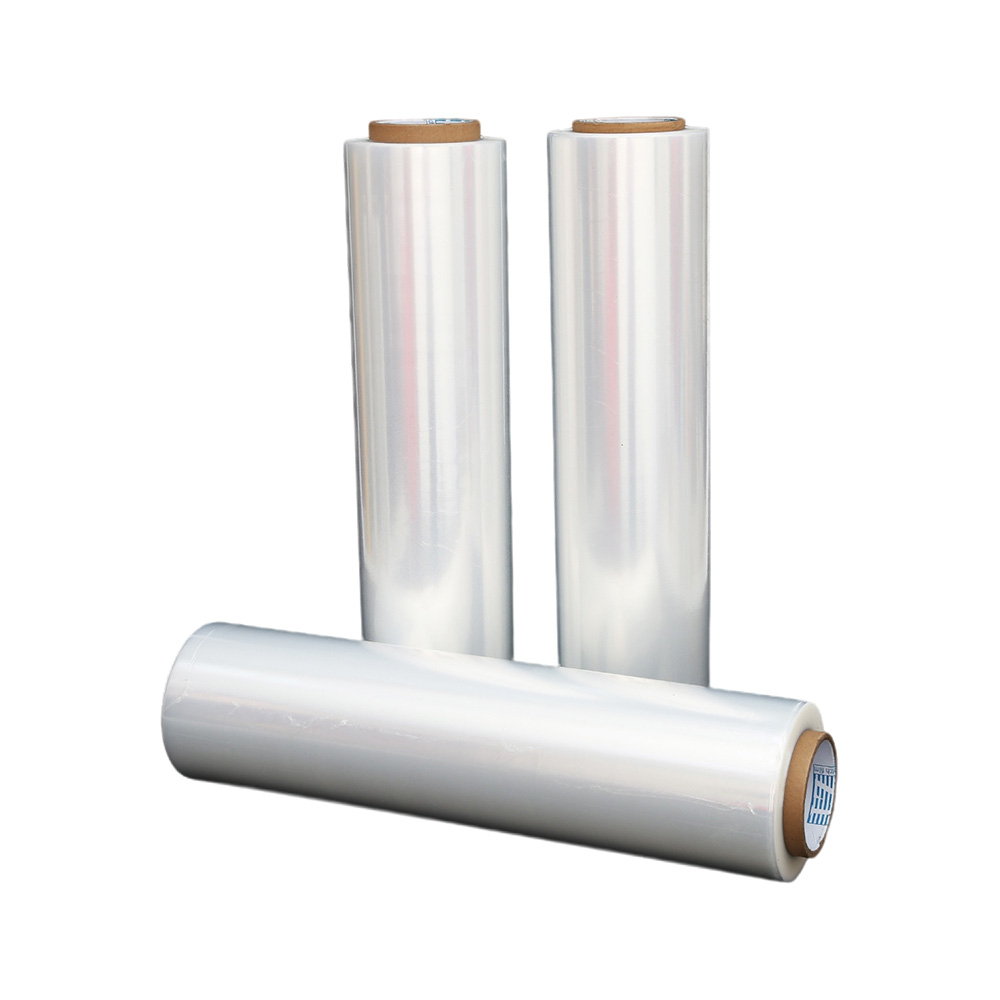Stretch Film vs Shrink Film: Key Differences Explained
Source:Stretch Film vs Shrink Film: Key Differences ExplainedTime:2024-10-13Visitors:
In the world of packaging, choosing the right film is crucial for ensuring product protection, efficiency in shipping, and visual appeal. Two commonly used types of packaging films are stretch film and shrink film. While they may seem similar at first glance, understanding their differences is essential for selecting the best option for your specific needs. In this article, we will explore the characteristics, applications, and key differences between stretch film and shrink film to help you make informed decisions.
Characteristics:
· Elasticity: Stretch film can be stretched up to 300% of its original length, allowing it to conform tightly around items.
· Cling Properties: The film adheres to itself without the need for adhesives, providing a secure hold.
· Durability: It offers excellent resistance to punctures and tears, making it ideal for protecting goods during transit.
Common Applications:
· Pallet wrapping in warehouses
· Bundling products together
· Securing items during shipping

Characteristics:
· Heat Activation: Shrink film requires heat to shrink around the product, creating a snug fit.
· Visual Appeal: The clarity of shrink film provides an attractive presentation for retail packaging.
· Tamper Resistance: Once shrunk, it offers a secure seal that can deter tampering.
Common Applications:
· Packaging food items
· Bundling products for retail display
· Creating multipacks of beverages or other goods
· Shrink Film: Requires heat application to shrink tightly around the item.
· Shrink Film: Non-elastic; shrinks upon heating to provide a tight seal.
· Shrink Film: Provides a tamper-evident seal; ideal for retail presentation but may not offer the same level of puncture protection as stretch film.
· Shrink Film: Offers a clear, polished look that enhances product presentation on shelves.
· Use Stretch Film When:
o You need to secure items on pallets for shipping.
o You require flexibility in wrapping various shapes and sizes.
o Protection from dust and moisture is essential.
· Use Shrink Film When:
o You want an attractive presentation for retail products.
o Tamper resistance is a priority.
o You are packaging food items that require a secure seal.
We invite you to partner with us for all your packaging needs. Our commitment to continuous improvement means we are dedicated to providing you with top-notch products and services that help realize a brighter future together. Contact us today to learn more about our offerings!
What is Stretch Film?
Stretch film, also known as stretch wrap, is a highly stretchable plastic film made primarily from linear low-density polyethylene (LLDPE). It is designed to cling tightly to products and secure them for storage or transportation.Characteristics:
· Elasticity: Stretch film can be stretched up to 300% of its original length, allowing it to conform tightly around items.
· Cling Properties: The film adheres to itself without the need for adhesives, providing a secure hold.
· Durability: It offers excellent resistance to punctures and tears, making it ideal for protecting goods during transit.
Common Applications:
· Pallet wrapping in warehouses
· Bundling products together
· Securing items during shipping

What is Shrink Film?
Shrink film is a type of plastic film that shrinks tightly around an object when heat is applied. It is typically made from materials such as polyolefin or polyvinyl chloride (PVC).Characteristics:
· Heat Activation: Shrink film requires heat to shrink around the product, creating a snug fit.
· Visual Appeal: The clarity of shrink film provides an attractive presentation for retail packaging.
· Tamper Resistance: Once shrunk, it offers a secure seal that can deter tampering.
Common Applications:
· Packaging food items
· Bundling products for retail display
· Creating multipacks of beverages or other goods
Key Differences Between Stretch Film and Shrink Film
Understanding the key differences between stretch film and shrink film can help you choose the right one for your project:Application Technique
· Stretch Film: Applied by wrapping around products; it clings to itself without heat.· Shrink Film: Requires heat application to shrink tightly around the item.
Material Properties
· Stretch Film: Highly elastic with significant stretchability; ideal for securing loads.· Shrink Film: Non-elastic; shrinks upon heating to provide a tight seal.
Protection Level
· Stretch Film: Excellent puncture resistance; protects against dust and moisture.· Shrink Film: Provides a tamper-evident seal; ideal for retail presentation but may not offer the same level of puncture protection as stretch film.
Visual Appeal
· Stretch Film: Generally less visually appealing; often used for bulk packaging.· Shrink Film: Offers a clear, polished look that enhances product presentation on shelves.
When to Use Each Type of Film
Choosing the right type of film depends on your specific requirements:· Use Stretch Film When:
o You need to secure items on pallets for shipping.
o You require flexibility in wrapping various shapes and sizes.
o Protection from dust and moisture is essential.
· Use Shrink Film When:
o You want an attractive presentation for retail products.
o Tamper resistance is a priority.
o You are packaging food items that require a secure seal.
Frequently Asked Questions (FAQs)
What are the benefits of using stretch film?
Stretch film provides excellent load stability during transport, protects against dust and moisture, and allows for easy application without adhesives.Is shrink film suitable for food packaging?
Yes, many types of shrink films are FDA-approved for food contact and provide an effective barrier against contaminants.Can stretch film be used for heavy-duty applications?
Absolutely! Stretch film is designed to handle heavy loads and can securely wrap large items without tearing or breaking.Conclusion
In conclusion, understanding the differences between stretch film and shrink film is vital for making informed packaging decisions. Each type has its unique advantages depending on your specific needs—whether it's securing loads during transport or presenting products attractively on retail shelves. By selecting the appropriate film, you can enhance product protection and improve overall efficiency in your operations.Company Promotion
At Dongguan Zhiteng Plastic Product Co., Ltd., we specialize in producing high-quality plastic products and packaging solutions tailored to meet diverse industry needs. With over 23 years of experience since our establishment in 2001, our team of professional technicians utilizes advanced technology and equipment to ensure excellence in every product we manufacture. We prioritize quality, service, and environmental protection in our operations.We invite you to partner with us for all your packaging needs. Our commitment to continuous improvement means we are dedicated to providing you with top-notch products and services that help realize a brighter future together. Contact us today to learn more about our offerings!
Recommended Products
Ranked in the same article
- how to use the stretch film technology to r
- How can we get detailed price list?
- Five common quality problems of PE protecti
- Plastic film degradation
- How to guarantee punctual shipment for our
- Gauge to Micron and Millimetre Conversion G
- What is the difference between stretch film
- Testing the permeability of stretch film
- Stretch film temperature requirements
- Electrical wire film VS electrostatic film
- Why insufficient transparency of stretch w
Latest news articles
- Bundling Stretch Film: Optimize Your Packag
- Factors affecting viscosity of PE stretch f
- How to check the quality of PE stretch film
- Stretch Film Wrap: Unraveling Its Benefits
- How can PE stretch film be cut better?
- The significance of using PE electric wire
- What is the Difference Between Magic Tape a
- The Ultimate Guide to Choosing the Right Ma
- Advantages of white engineering film
- The 133rd Spring Canton Fair
- What Properties Ensure Effective Cold Chain



